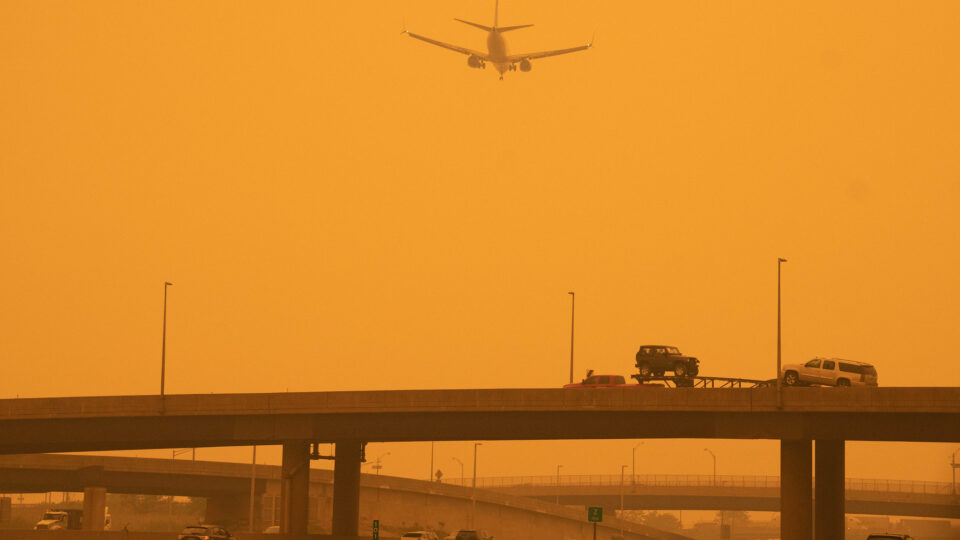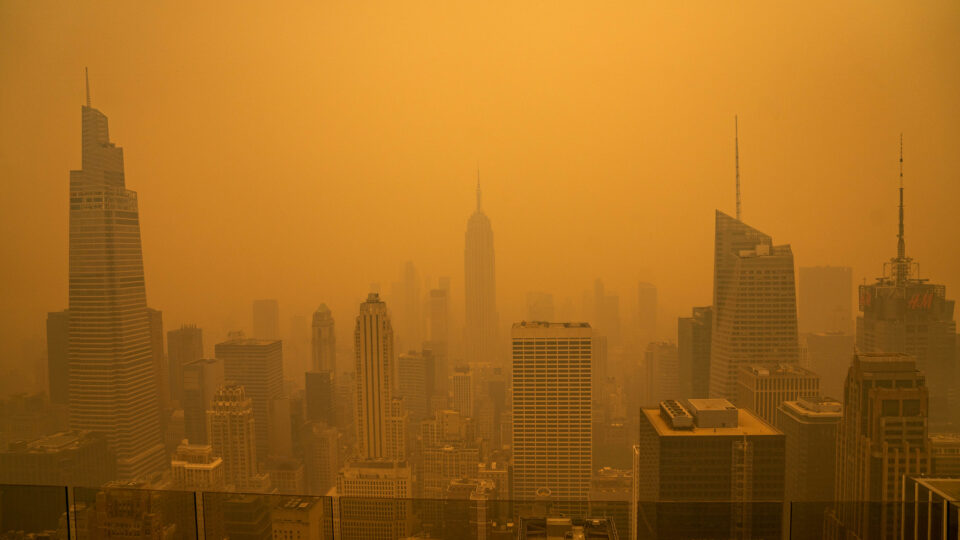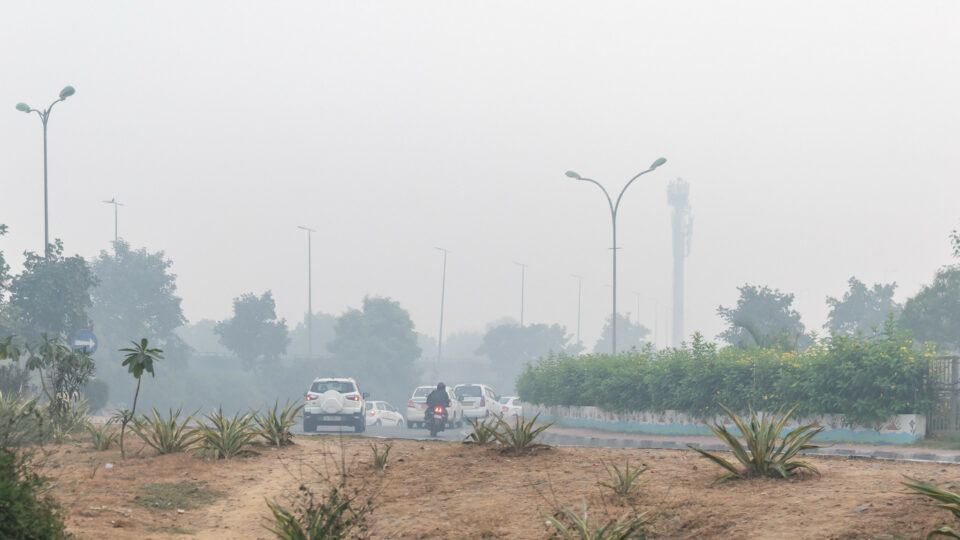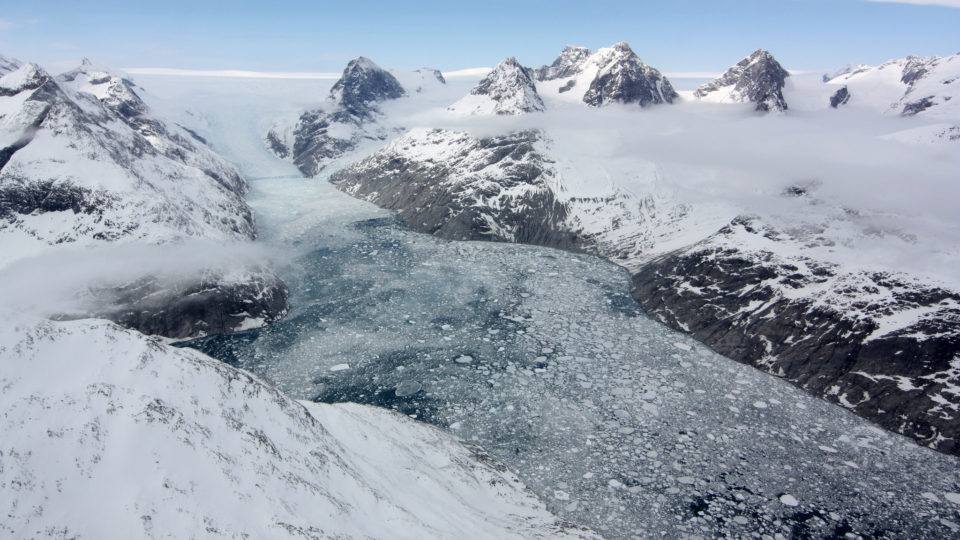The wildfires last summer in parts of the U.S. and Canada fouled the air over much of the country. Air quality in many places was dangerous for human health. And such fires are becoming more numerous and more intense.
A new study by the University of Iowa has assessed the effects of two decades of wildfires on air quality and human health in the continental U.S.
From 2000 to 2020, air quality in the western U.S. has gotten worse as a result of the numerous fires in that region. More generally, all those fires have undermined the success of federal efforts to improve air quality, primarily through the reductions in automobile emissions.
American air had been getting cleaner and clearer as a result of EPA regulations on vehicle emissions, but the surge in wildfires has limited and, in some cases, erased these air quality gains. Twenty years of efforts by the EPA to make our air cleaner have been lost in fire-prone areas and in many downwind areas.
The Iowa study looked at the concentration of black carbon, a fine-particle air pollutant from fires linked to respiratory and heart disease. In the western U.S., black carbon concentrations have risen 86% on an annual basis.
Fires have also affected the air in the Midwest, although not to the same degree as in the west. The eastern U.S. had no major declines in air quality during the 2000-2020 time period. Given the episodes of smoke from Canadian wildfires experienced by the east coast this past summer – as far south as Florida – even the air in that part of the country is suffering from the spread of wildfires.
**********
Web Links
Wildfires have erased two decades’ worth of air quality gains in western US
Photo, posted June 8, 2023, courtesy of Anthony Quintano via Flickr.
Earth Wise is a production of WAMC Northeast Public Radio






